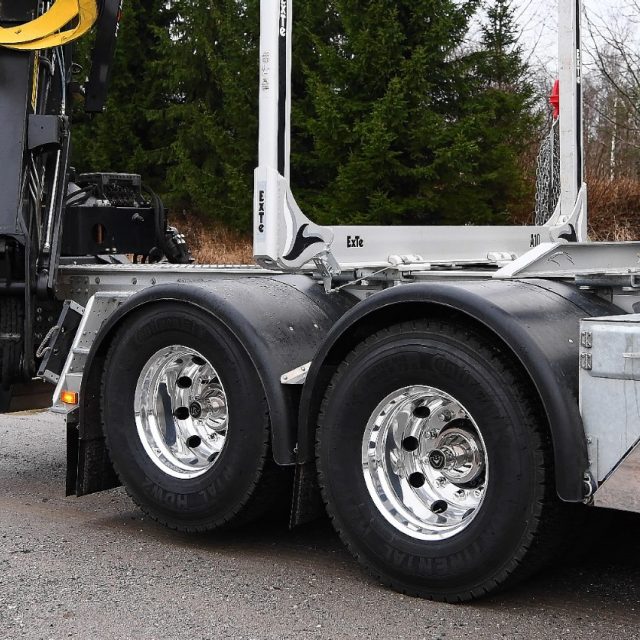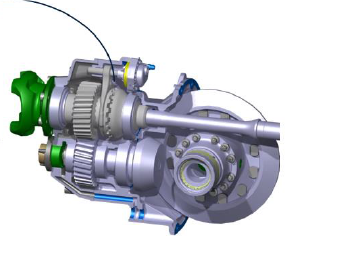Operators of Scania 8-wheel tippers or double drive 6×4 tractor units of tippers will have the chance to specify a new truck where one of the drive axles can disengage and lift to save up to 6% on fuel.
Other savings for the operator can arise through reduced tyre wear and improved turning circle efficiency. The savings come from empty running – not something tipper operators are that keen on doing so the applications in the UK are likely to be limited. There are weight penalties to installing the system.

According to Scania, lifting the RB662 tandem bogie axle takes less than 25 seconds and, with normal chassis height and tyres, ground clearance is nearly 70 mm.
“This is a highly desirable function for customers in a variety of applications, such as construction and timber haulage,” says Vincente Connolly, UK Sales Director for Scania (Great Britain) Limited. “Our engineers have determined that substantial fuel savings are achievable, especially for vehicles which make multiple drops every day and run empty on the return leg. In addition to improved fuel economy, operators also benefit from less tyre wear and increased manoeuvrability.”
The Downsides
The liftable and disengageable tandem bogie (LDTA) requires air suspension and will increase the trucks kerb weight by 60 kg. Most of the fuel savings can be attributed to the reduced friction inside the second (disconnected) axle gearing and only some 10 percent of the saving derives from reduced rolling resistance. Three bogie weights – 19, 21 and 26 tonnes – are available and load limits with the second axle lifted are 9.5, 10.5 and 13 tonnes respectively.
The LDTA option can presently not be combined with hub reduction axles or tridem configurations. TIn operation, the driver raises the axle by simply turning a knob. A pop-up warning appears in the instrument cluster if the truck identifies an overload situation, in which case the axle will not lift. The lifting can be called for at any speed and the drive-disengagement to the tag axle is performed via a dog-clutch connection. When the tag axle is lowered, drive to the axle is automatically re-engaged – it is not possible to operate the vehicle with the tag lowered and drive disengaged.

“The cost of the unit will rapidly be compensated for by highly positive contribution to our customers’ total operating economy – we expect this option to be included in many truck specifications going forward,” adds Vincente Connolly.
